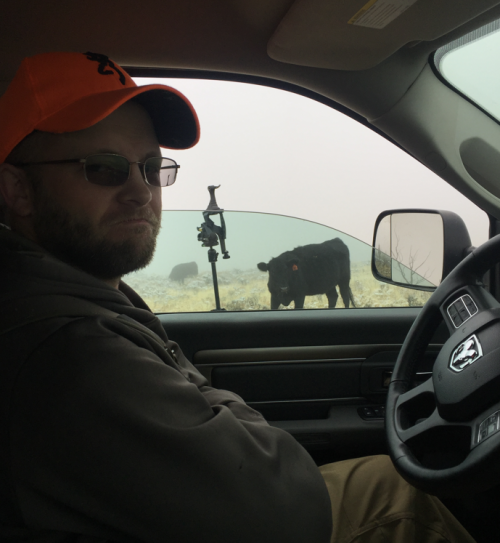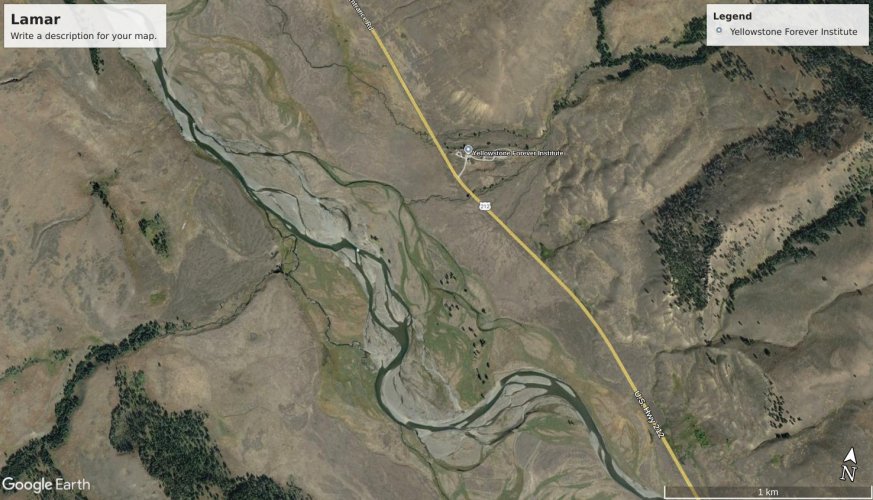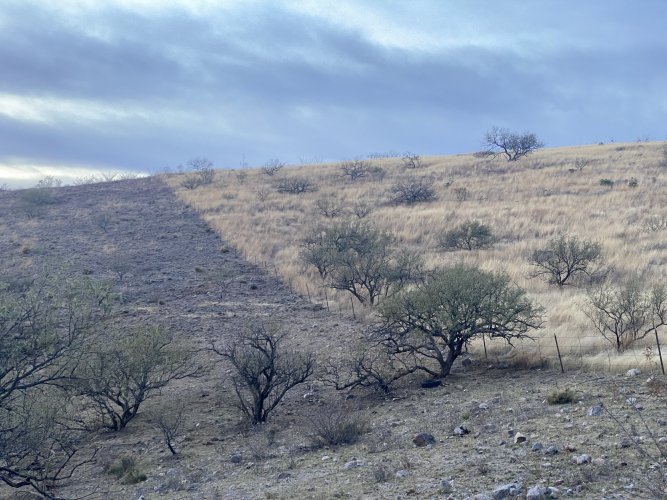birdseye
Active member
I just pulled up same GE image. at very bottom it states "Imagery Date: 9/17/23"Google earth shot of the North Fork of the Tongue. Maybe I am looking at the wrong spot, but this part of the Tongue looks great. Winding stream with tons of willows on the banks. View attachment 387574
That's a 2 year old aerial. We're talking about today, 10-1-2025








